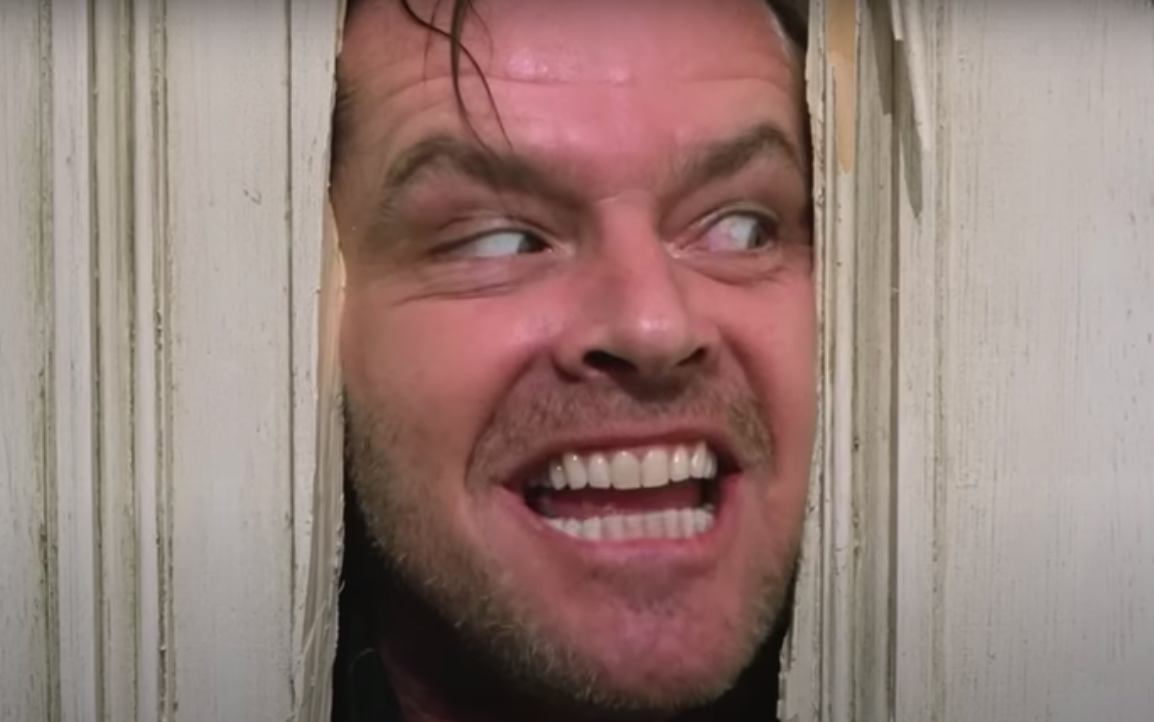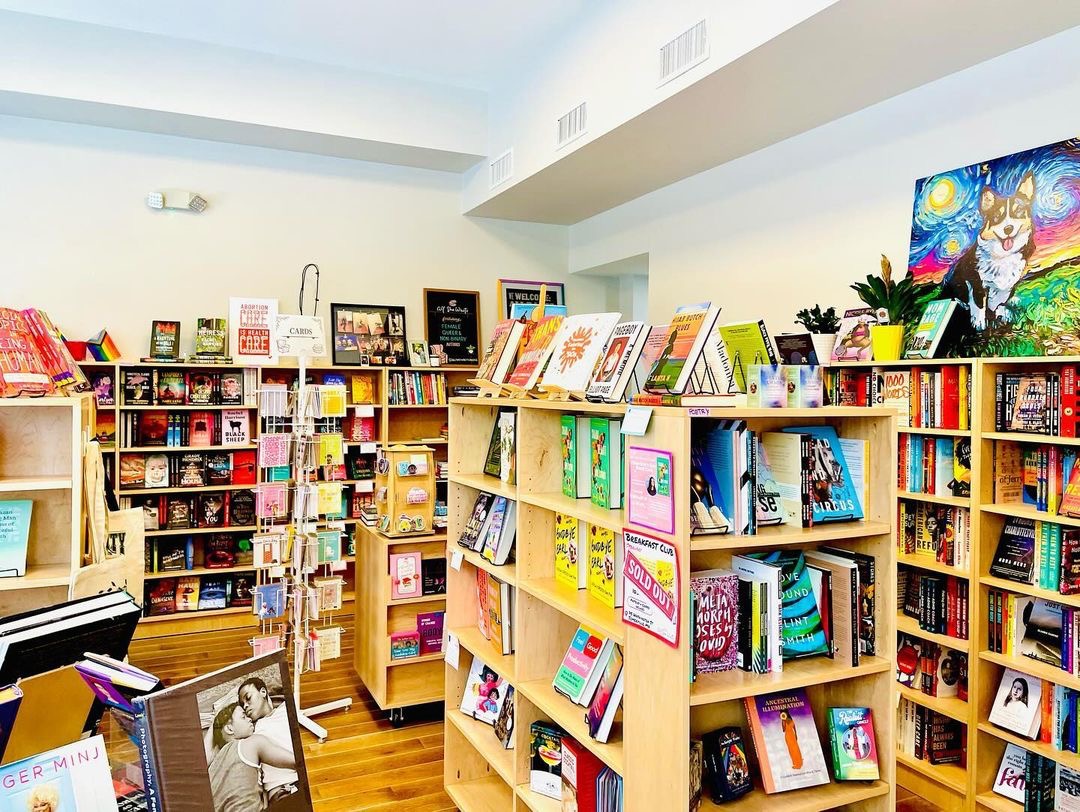essays
The Struggle To Be A Good Critic

In preparation for my second residency at the Bennington Writing Seminars, I read the submissions from the other writers in my workshop. One of them startled me. It was a novel excerpt about a free Black man kidnapped and sold into slavery. The premise wasn’t so much what surprised me, but rather the identity of the writer. I googled the writer’s name and found her to be a White woman. Despite admiring her language, I was offended. How dare a White woman write a story about my ancestors? Even though it was my job to critique her work in hopes that it would get better, I did not trust her — or any White person — for that matter writing about marginalized people. After all, H.P Lovecraft said in reference to Black people, “A beast they wrought, in semi-human figure,/ Filled it with vice, and called the thing a Nigger.” Children’s books written by White authors were rampant with racism, such as The Story of the Little Black Sambo, Tintin in the Congo, or Let’s Hurry or We’ll Miss a Public Lynching. Even though my colleague’s intention was not to offend African-Americans, I felt very uneasy, perhaps even paralyzed in my ability to critique her story in the right way. But what is the right way? Was the way in which I emotionally responded to her story wrong? After all, the submission, although of course a rough draft, was very well-written. I found myself entranced by her descriptions of Louisiana even if the setting was a plantation. It was a conflict that stirred me both as an artist and a Black woman of Louisiana Creole descent on my father’s side.
In order to thoroughly critique a work, one must pay attention to elements such as plot, characterization, pacing, language, so on and so forth. A reader does not have to feel an emotional connection to a piece of literature in order to recognize its merit. For example, I don’t have to like Moby-Dick in order to acknowledge that it’s a beautifully-written story. However, this issue becomes complicated and nuanced when the work itself is about and read by marginalized people, especially when the writer is White. Are or should there be limitations in who gets to write the stories of people of color and what unique challenges are faced by minority readers when critiquing these particular texts?
Being one of very few minorities in my MFA program, I wanted to be able to assert my authority within predominately White spaces. There was one instance when a White colleague, and former mentor of mine, was giving a lecture on race and White privilege in a lecture. During the Q&A part, I raised my hand multiple times, the only minority to do so, and was never given the microphone by the runners. Meanwhile, I had to listen to other students express their hardships of writing about Black characters because they may not have Black friends. I asked myself, can White writers sympathize with Black characters even if they do not know any Black people in real life? Do they subconsciously put up a barrier when reading about them in fiction? After all, when Rue from The Hunger Games was portrayed by a Black actress, there were countless people who thought that her death on screen was less sympathetic because she was not White. Hearing these comments at the lecture only intensified my feeling of wanting White writers to not touch people of color in their works at all. But, I needed to step outside of myself and ask other Black writers if they felt the same.
Besides being published in Quarterly West, Zoe Mungin, is a Black and Latina fiction writer studying at the MFA program of the University of Massachusetts-Amherst. When I asked her what are the difficulties in analyzing a work about a PoC and whether this critique is affected by the writer’s identity, she replied, “There’s always a question of validity: whether the critique is valid in any way, if it’s worth as much of a critique as from White peers, because of the very idea of partiality.” Being the only Black person in her workshop, Zoe is most aware of how art is continually interpreted under the White gaze and finds herself alone in adding pressure to conversations so that multi-disciplinary perspectives are considered. White people are always at the center of conversations, even while discussing the works that are not about them. Like Zoe, I’ve been that Black girl in workshop who was afraid to speak up to my White classmate about her story because I understood the different power dynamics involved. On the one hand, I wondered, how dare this White woman write about Black people? On the other hand, how dare I have the gall to correct her? Will I even be taken seriously if I do?
But Zoe’s experience, like many others, raises an interesting point. If our White counterparts fear that our partiality is overshadowing our ability to critique a work, does this imply that a good critic must maintain a sizable, emotional distance from a story in order to analyze it properly? mensah demary, a Black fiction and nonfiction writer, as well as the Editor of Specter Magazine, does not agree: “We clamor for our own stories, to see ourselves in narratives, because that close emotional proximity matters; to see yourself in a narrative can be transformative. That close emotional proximity is political, revolutionary, when attempting to reclaim your identity, your stories.” For people of color like mensah, Zoe, and myself, that feeling of being able to resonate with a story should be the impetus we need to reclaim them as our own, as well as our identities because it reinforces collectivity and solidarity through artistic mediums, such as literature.
But another more polemical question emerges: are minorities the only writers allowed to create works about themselves? Ideally, any writer should be able to create the story of his or her choosing. Lena Dunham received a ton of flack for only having White characters in an extremely diversity place such as Brooklyn. In her interview with NPR , Dunham responded to the criticism by saying that she wrote a series that was honest and close to her experience, relaying to me that perhaps Black people, or any other minority for that matter, did not play any significant role in her life. Even when she inserted Donald Glover, in a few episodes of season 2, Kareem Abdul Jabbar blatantly said that a “black dildo would’ve sufficed and cost less.” A writer must handle a story with more care if he or she is writing about a traditionally oppressed group, especially if that writer does not face the same systemic disadvantages as his subjects. Furthermore, the discrepancy between the rate of White versus PoC writers is a factor that certainly cannot be ignored in this conversation, for even if a writer from each group pens creative masterpieces about minorities, statistically-speaking the former party has a higher chance of it being published. Think about it. According to a study conducted by the Cooperative Children’s Book Center at the University of Wisconsin, only 93 out of 3,200 children’s books published in 2013 featured Black protagonists. According to another study conducted by Lee &Low Books, no African-American authors made the Top 10 NYT Best Sellers List for Print and E-Book Fiction in 2012. As a result, White authors are given the large platform to promote our own stories while those most like the subjects clamor for even a fraction of the same exposure. As noted by mensah, “Whites have had, for centuries, the opportunity to tell the stories of PoC, and have proven to use that opportunity to expand their privilege and supremacy, at the expense, and on the backs, of others.”
So you see, this struggle is multi-layered and more difficult to elucidate the further one reaches to its roots. One cannot entirely blame the writer for his or her inspiration that later becomes published because therein exists a structural issue within the industry. However, to absolve a White writer completely of writing about PoCs even if the work is brilliant would be to ignore the countless others who tried to be successful at the same story, while reclaiming their identities, and failing.
What does this mean for the minority fiction writer in an MFA workshop or the editor of a respected magazine? They are confronted with different modes of perception when handling a text when it’s written by a White writer than a PoC. If it’s the former, our critiquing skills are undermined. If it’s the latter, we may be subjected to condemnation for perhaps rejecting a story from someone of our own when we are aware that not many make it to that level of acclaim. As mensah later said in his interview, “I once said that Zadie Smith struggles with the Black American voice in her characters, specifically in her novel On Beauty. The voice can be stilted at times, or perhaps off-key — maybe it fails my authenticity test. Anyway, there was some mild push-back on this statement.”
Both mensah and Zoe have grown weary of having White writers create works about PoCs. I thought I was too, but then I had a change of heart. When I entered into workshop and spoke to the woman who wrote the story, I discovered that she had been doing her research for about sixteen years. Although our classmates did not necessarily gravitate towards her characters using a lot of dialect, I loved it. Even when the session was over, we had breakfast together because she wanted to get more of my opinion on how she was handling a language different from her own. From that moment, I realized that I was so incredibly wrong in my thinking. Not only was this woman a very good writer, but she was also a compassionate person who wanted to make sure that she did justice to her story. I felt even more flattered that she asked me what I thought instead of rebuffing my critique, which involved me stressing how important it was to detail the brutality of slavery, as well as, using a bunch of hand gestures to accentuate my point.
Junot Diaz in The New Yorker wrote how his workshops were too White in his MFA program and that he and his colleagues never discussed how racial identities affected their writing. While I agree with this sentiment, for this particular event, I experienced something different. I felt like I was being listened to, and even respected. If a White person wanted to write about a person of color, does his/her research, and wants to learn more from his/her subjects, why not? Writers create their best works from seeing a world of possibilities. Therefore, is it too optimistic to think that they cannot find them in people who are unlike themselves?
We as writers, literary theorists, editors, and critical thinkers, must incorporate multiple lenses into our literary discourses so that the artists of this generation and the next will not operate through modes that inadvertently oppress those to whom they may be paying homage. There still needs to be dialogue about what works and does not work on a technical level. However, whenever we discuss a work about PoCs, we need to add another layer to our analyses. We are handling a work that is “unconventional” and that it needs to become the center, even if that means dismantling formally held, oppressive beliefs. We have to push ourselves more, become acclimated with what makes us uncomfortable, and question why that is so. And most of all, we must not silence the opinions that reside outside the normative for it is from there that we can truly be enlightened with our artistic choices. There may never be a way to conclusively reconcile these issues but working to be able to alternate different forms of consciousness may be a good place to begin.









